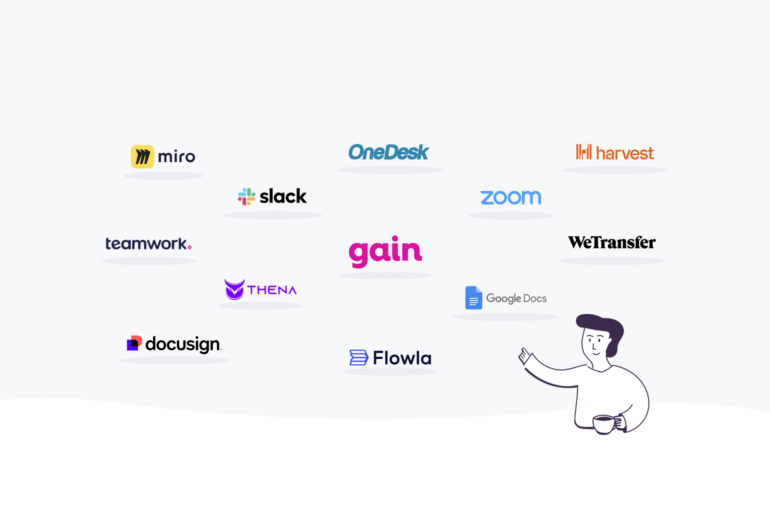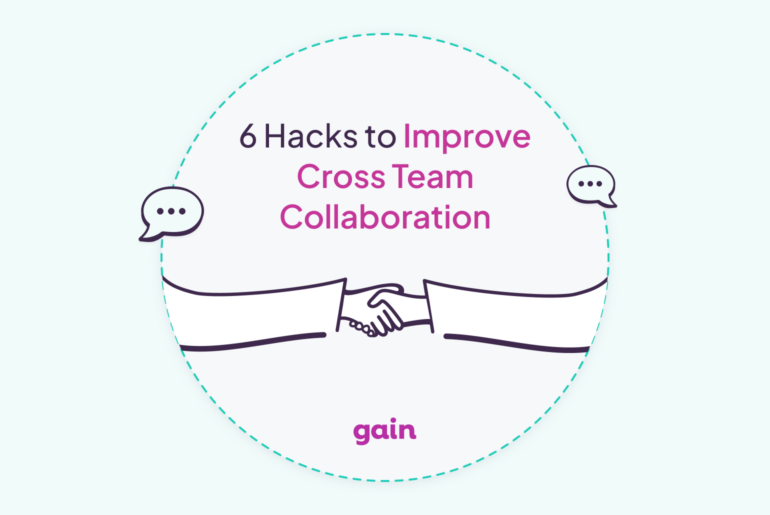The type of team or work environment you create can be a significant factor in your agency’s success. Some organizations tend to be competitive to get ahead, while others win through collaboration.
Which environment produces better results? Numerous studies suggest that teams achieve more when they collaborate.
For instance, companies like Microsoft and Adobe have turned away from highly competitive tactics and are instead implementing strategies to create a more collaborative work environment. Incidentally, their stocks have risen, and innovation continues to grow at both of these companies.
Teams in collaborative workplaces tend to be less stressed, more productive, and more profitable.
So, how do you know if your agency is more collaborative or competitive? Consider these questions to figure out the type of workspace you create for your team.
Do team members feel safe?
Consider whether or not you create a safe environment for your team. Employees who feel safe in the workplace are better able to think critically, absorb information, and plan future projects. You’ll get the most out of your team by creating a safe environment.
Conversely, running a competitive workplace can prevent employees from having innovative ideas. Science from Yale’s School of Medicine indicates that when people feel unsafe, they’re unable to access their prefrontal cortex. This part of the brain induces abstract thinking and planning. When humans feel threatened, they naturally shut down this part of the brain.
If you create a competitive environment, you risk not bringing out the best in your employees.
Note how you handle issues with people in higher positions. Are you able to speak up about specific issues without fear, or do you feel you have to tell them what they want to hear to keep them happy?
Try to create a safe workplace where team members feel comfortable bringing up any issues openly and respectfully.
Do employees have time to socialize?
It might seem counterproductive to encourage socializing during company hours. However, getting to know one another opens the door for communication and builds trust among team members.
Set aside times regularly for employees to discuss any topics they want. For example, one study found that when an organization introduced coordinated coffee breaks, employee satisfaction increased by 10%, and profits grew by $15 million. As trust increases, teammates will share more information that can lead to new ideas.
Look out for signs of tension or assigning blame among employees. This might indicate the team is too competitive.
Do teammates share ideas?
Excellent ideas don’t typically come from one single person. Instead, they evolve from a group of people collaborating. That’s why it’s essential that you create a space where your team feels comfortable sharing ideas, even ones that are still in early stages.
When someone presents a loose idea, encourage the team to come up with ways they might improve it. Agencies with employees who bounce ideas off each other tend to have increased productivity and produce higher quality work.
The environment might be too competitive if you notice teammates not sharing the ideas they have jotted down. Try creating a safer workplace that enables them to share ideas more freely without fear or being nervous that others will steal their ideas.
Does your office layout cultivate collaboration?
Consider the layout of your office space. Is everyone hidden behind cubicles and closed doors?
Open layouts keep employees connected and encourage collaboration. However, some teammates might be concerned about excess noise and lack of privacy. Consider adding larger, semi-private spaces so teams can collaborate on a moment’s notice.
Does your team use collaborative tools?
Your team might be too competitive if everyone is off doing their own thing, and no one knows the status of a project. Not only does collaboration produce better results, but it ensures projects get completed on time.
Tools like Gain, Slack, and Basecamp help employees work together seamlessly on team projects and keep everyone in the loop. They can be especially helpful for teams working remotely as well.
Do you establish team goals?
Lack of direction can create confusion and lead to a breakdown in teamwork. However, establishing clear goals for team members can produce remarkable results.
It’s crucial to set measurable goals for everyone every quarter. The idea behind each goal is to give team members attainable wins. Achievements have the power to break down barriers and motivate team members individually and collectively.
Be sure to reevaluate goals as necessary. At the end of each quarter, share the outcomes of the goals with the team so they can measure and celebrate progress. They can also determine areas where they need to make improvements. Transparency around goals gives employees more certainty about their roles and prevents them from casting blame on other teammates.
Working towards a collaborative workplace
A little bit of competition might benefit your team. However, you don’t want to go overboard and create a workplace where employees don’t feel safe. While some people may thrive in highly competitive environments, collaborative workspaces tend to produce better results for everyone.
Creating a collaborative environment allows team members to express their ideas, resulting in increased productivity and efficiency company-wide.






